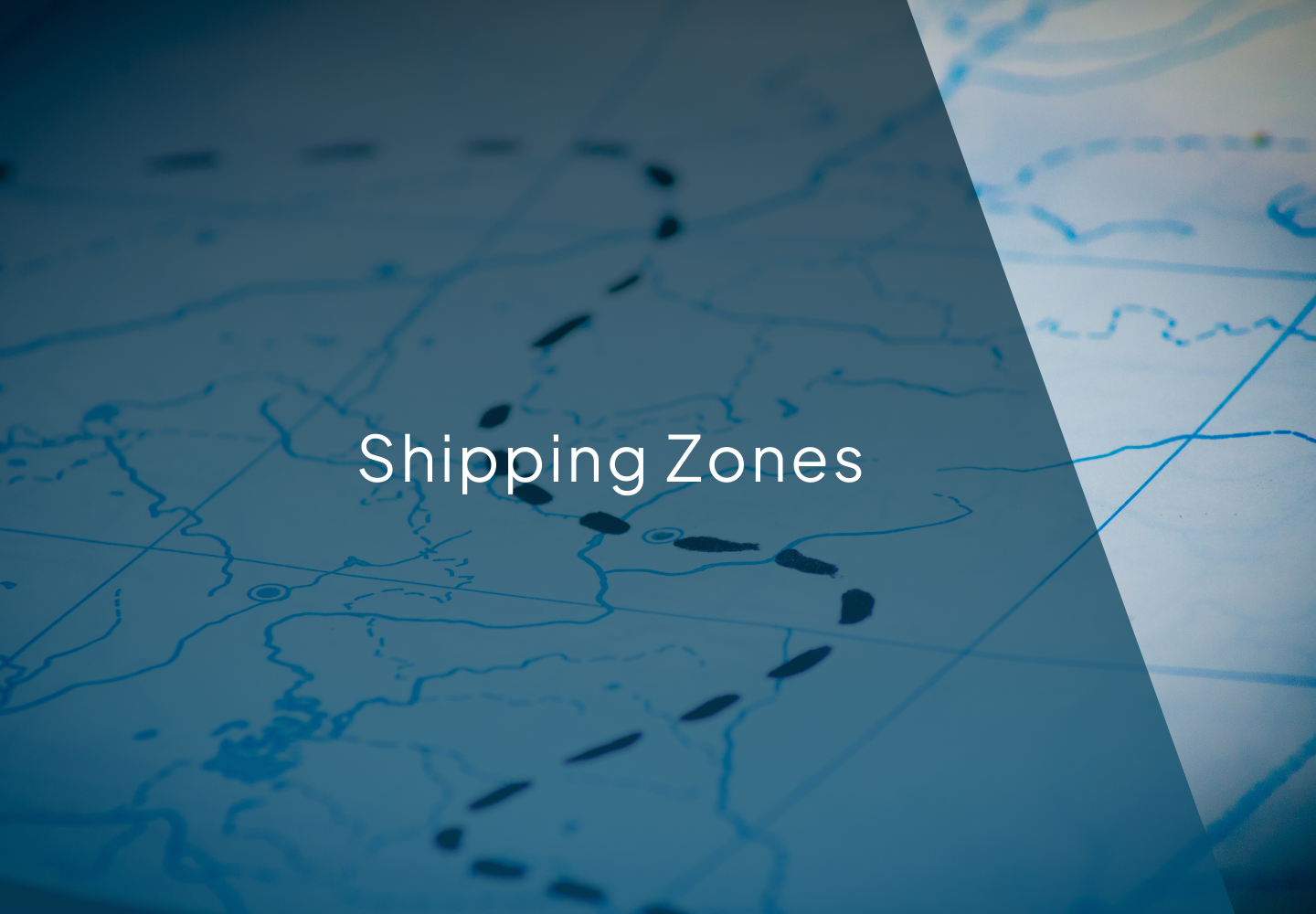For ecommerce and logistics professionals, shipping zones are crucial for optimizing operations, reducing costs, and improving customer satisfaction. But shipping zones can often feel confusing, particularly for beginners. Here’s a detailed breakdown to help clarify what shipping zones are and why they're essential for your business.
What are shipping zones?
Shipping zones are geographical regions used by shipping carriers to determine shipping rates and delivery timelines based on the distance between the shipment origin and destination. Originally established by USPS, this system is now widely adopted by carriers like FedEx, UPS, and DHL.
How are shipping zones categorized?
Shipping zones are typically categorized domestically into Zones 1 through 9:
International shipping zones are broader, typically defined by regions or groups of countries:
How carriers use shipping zones
Carriers utilize shipping zones to standardize pricing and manage delivery expectations:
Cost implications of shipping zones
Shipping costs rise significantly as the zone number increases. For example, shipping a package from the West Coast (Zone 1) to the East Coast (Zone 8) could increase the cost by approximately $40, depending on package weight and size. Therefore, understanding and managing these costs is crucial for profitability.
Delivery implications
Shipping times also vary significantly by zone:
- Local zones (1-3): Deliveries typically arrive in 1-2 days.
- Mid-range zones (4-6): Delivery takes 2-4 days.
- Distant zones (7-8): Can take 5-7 days, often requiring expedited shipping for quick turnaround.
Strategies to optimize shipping zones
Zone skipping
Zone skipping involves consolidating multiple packages destined for the same region into a single bulk shipment, which "skips" multiple zones by being transported directly to a distribution center near the final destination. This method reduces costs and speeds up delivery.
Regional fulfillment centers
Placing warehouses strategically across the country reduces shipping distances, thus lowering costs and improving delivery times. For example, having a centralized warehouse in the Midwest can significantly minimize shipping costs to both coasts.
Utilizing third-party logistics (3PL)
Working with a large 3PL provider can keep most shipments within the lower zones (1-3), drastically reducing costs and improving speed. A well-positioned 3PL network can serve a national customer base effectively.
Leveraging local carriers
Partnering with regional carriers can often provide better rates within their specific shipping areas, ensuring competitive pricing and reliable service.
Implementing zone-based delivery planning
Analyze your data
To effectively incorporate shipping zones into your operations, start by analyzing your shipping data. Track frequent shipping destinations, associated costs, and delivery performance.
Create shipping zone maps
Next, create a comprehensive zone map that highlights high-volume zones and opportunities to optimize. Consider seasonal fluctuations in demand and adjust your zone strategies accordingly to accommodate peak periods.
Strategic warehouse placement
Optimize warehouse locations by choosing them strategically based on your primary customer base. Conduct regular assessments to identify potential new warehouse sites as your business grows and customer demographics shift.
Leverage technology solutions
Employ shipping software solutions like ShipWise to automate rate shopping and optimize carrier selections. Integrate these systems with your inventory management to ensure real-time visibility across your supply chain network.
Key data to monitor
Regularly analyze these key metrics to optimize your zone-based shipping strategy. By tracking these indicators, you'll identify opportunities to reduce costs while improving delivery performance.
Shipping region
Understand primary customer locations to target your shipping strategy effectively. Map out where most of your orders come from and identify any emerging regional trends.
Order volume
Identify zones with high order volumes to inform strategic warehouse placement. This data helps prioritize resources and optimize fulfillment operations in high-demand areas.
Carrier efficiency data
Evaluate carrier performance per zone, tracking metrics like on-time delivery rates, damaged packages, and customer satisfaction scores to select the best shipping partners.
Cost analysis
Monitor zone-specific shipping costs to identify savings opportunities. Look for patterns in expenses and negotiate better rates for your highest-volume shipping zones.
Best practices for success
- Regularly update your zone map based on changes in customer demographics and order patterns.
- Clearly communicate shipping costs and delivery timelines to manage customer expectations and reduce cart abandonment.
- Offer multiple shipping options, matching service levels to zones (e.g., ground for lower zones, expedited for distant zones).
- Continuously evaluate carrier performance and adjust strategies accordingly.
Conclusion
Shipping zones significantly impact your business operations, customer satisfaction, and bottom line. By mastering zone-based shipping strategies like zone skipping, strategic warehouse placement, and smart technology use, businesses can greatly reduce costs, enhance customer experience, and gain a competitive advantage in today's fast-paced ecommerce environment. Understanding shipping zones thoroughly and proactively managing them is a critical factor in ecommerce success.





.svg)
.avif)

.svg)
.svg)
.avif)